Top Things to Know Before Buying House Plant Seeds: A Guide for Green Thumbs
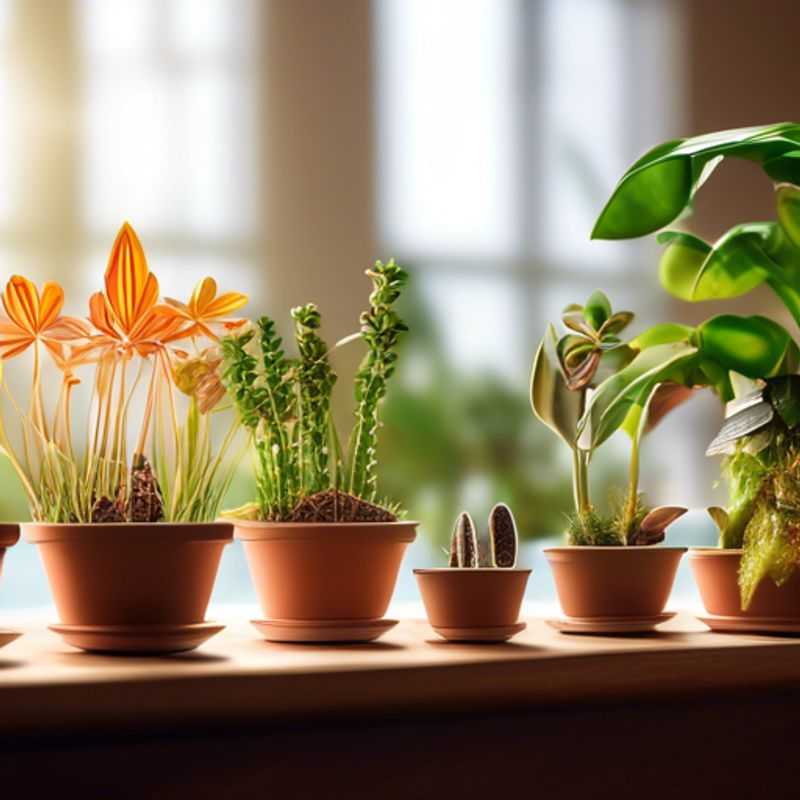
Top Things to Know Before Buying House Plant Seeds: Research, Climate, Germination, Soil Prep, Care, Patience, Transplanting
Hey plant enthusiasts! Ready to grow your own lush greenery from scratch? Buying house plant seeds can be a rewarding experience, but it's crucial to do your homework before you dive in. Here are some top things to know before you buy those seeds:
1. Research the Specific Plant Species and Their Growing Requirements:

Know Your Plants: Researching Specific Species and Growing Needs
Before planting any species, it's crucial to understand its individual needs. This research is vital for success and can be broken down into key steps:
1. Identify the Species: Determine the exact plant you're working with. A botanical name is highly recommended for accuracy.
2. Climate and Sunlight: Learn about the plant's native climate and its tolerance for different light conditions. This will dictate its suitability for your region and location within your garden or landscape.
3. Soil Requirements: Research the ideal soil pH and composition for the plant. Some prefer acidic soils, while others thrive in alkaline conditions.
4. Water Needs: Understand the plant's water requirements – is it drought-tolerant or does it need regular watering?
5. Potential Pests and Diseases: Familiarize yourself with common pests and diseases that can affect the plant. This will enable you to identify problems early and take appropriate action.
6. Growth Habits: Research the plant's mature size and growth habit. This will help determine its placement and potential impact on its surroundings.
7. Propagation: If you plan to start new plants from cuttings or seeds, learn the best methods and timing for successful propagation.
By carefully considering these aspects, you can ensure the best chance of success for your plants. Remember, this is a starting point. Online resources and local experts can provide valuable additional information and guidance.
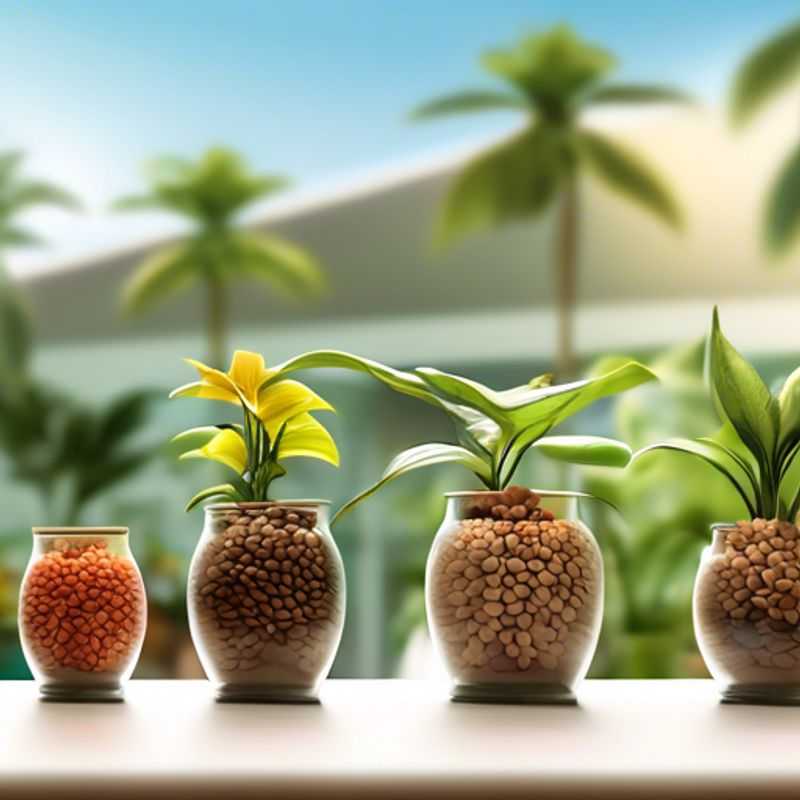
Unlocking Growth: Finding the Perfect Climate and Environment for Your Seeds
Determining the right climate and environment for your seeds is crucial for successful germination and healthy plant growth. Each seed has specific requirements for temperature, moisture, and light.
Here's a breakdown to get you started:
Temperature: Most seeds prefer warm temperatures for germination, ranging from 65°F to 80°F (18°C to 27°C). However, certain seeds, like those of cold-climate plants, might require cooler temperatures. Look for specific germination temperature ranges for your particular seeds.
Moisture: Maintaining consistent moisture is vital. Too little water and the seeds won't germinate, too much can lead to rotting. Ensure the seed starting mix is evenly moist but not waterlogged.
Light: While some seeds germinate in darkness, others need light. Refer to your seed packet instructions for light requirements. If your seeds need light, place them in a sunny location or under grow lights.
Remember: These are general guidelines. Research the specific needs of your chosen seeds for optimal germination and healthy growth.
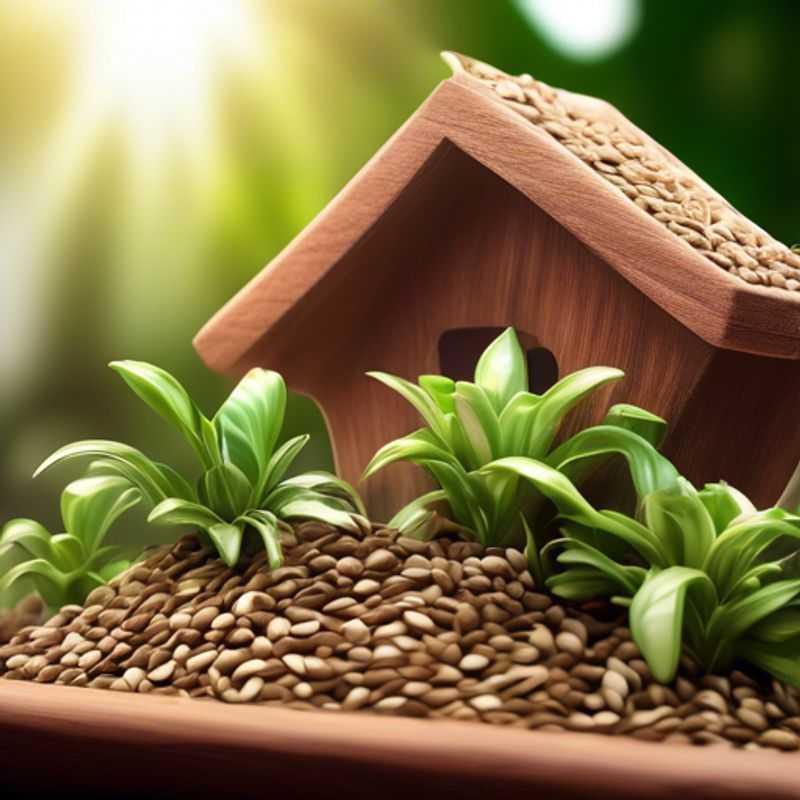
From Seed to Sprout: Understanding the Germination Process and Timeline
Germination, the process of a seed sprouting into a plant, is a fascinating journey that starts with the right conditions. It all begins with water, which triggers the seed to awaken. The water activates enzymes that break down stored food within the seed, providing energy for growth. Temperature is another crucial factor, as each seed species has a specific range it thrives in. Think of it as a seed's "comfort zone." Oxygen is also needed, allowing the seed to breathe and fuel its development. Once these factors are met, the seed begins to swell, and the first signs of life emerge – a root pushing down and a shoot reaching upwards. The entire process can take anywhere from a few days to several weeks, depending on the type of seed and its environment. Patience is key when it comes to germination, as it's a delicate process that requires the right conditions to unfold.
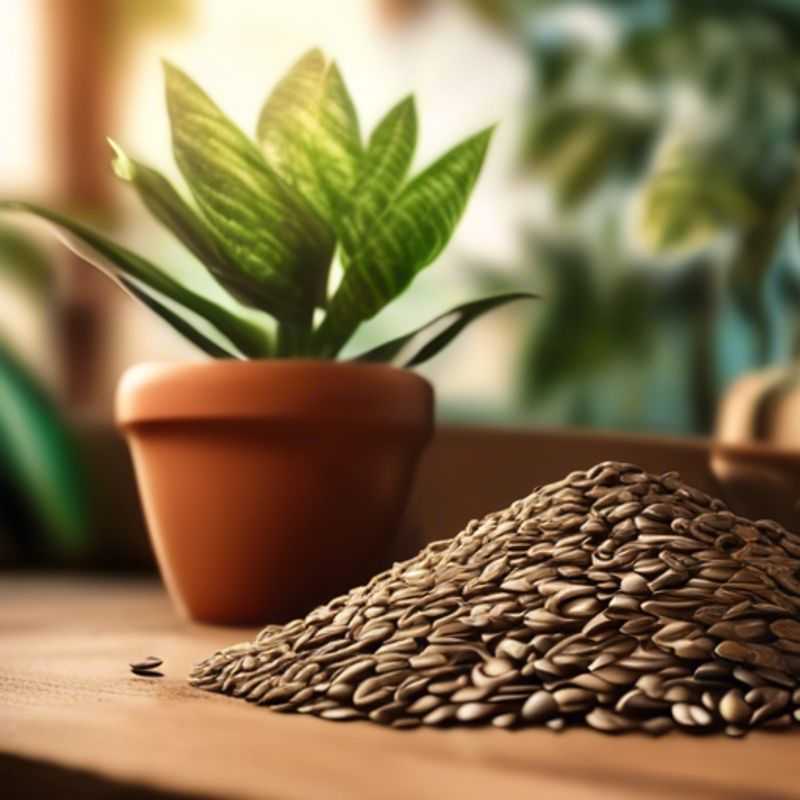
Get Your Garden Growing: Prepping Soil and Containers for Seed Planting
Preparing your soil and containers is crucial for successful seed planting. You want to create a thriving environment for your seedlings to germinate and grow strong roots. Let's break down the key steps:
Soil Preparation: Choose a well-draining potting mix specifically designed for seeds. You can also amend your garden soil with compost or peat moss to improve its texture and nutrient content. Make sure the soil is loose and fluffy to allow for proper root development.
Container Selection: Opt for containers with drainage holes to prevent waterlogging. Seedling trays, pots, or even recycled containers can work well. The size of the container should be appropriate for the type of seed you are planting.
Sterilization: It's a good idea to sterilize your containers and soil to eliminate any potential pests or diseases. You can achieve this by soaking them in a bleach solution or using a microwave or oven. This step is especially important if you are reusing old containers.
Filling Containers: Fill your containers with the prepared soil, leaving about an inch of space at the top. Gently pat down the soil to create a level surface.
Watering: Water the soil thoroughly before sowing your seeds. The soil should be moist, but not soggy.
By following these simple steps, you'll set the stage for healthy and vigorous seedlings that will ultimately produce a bountiful harvest.
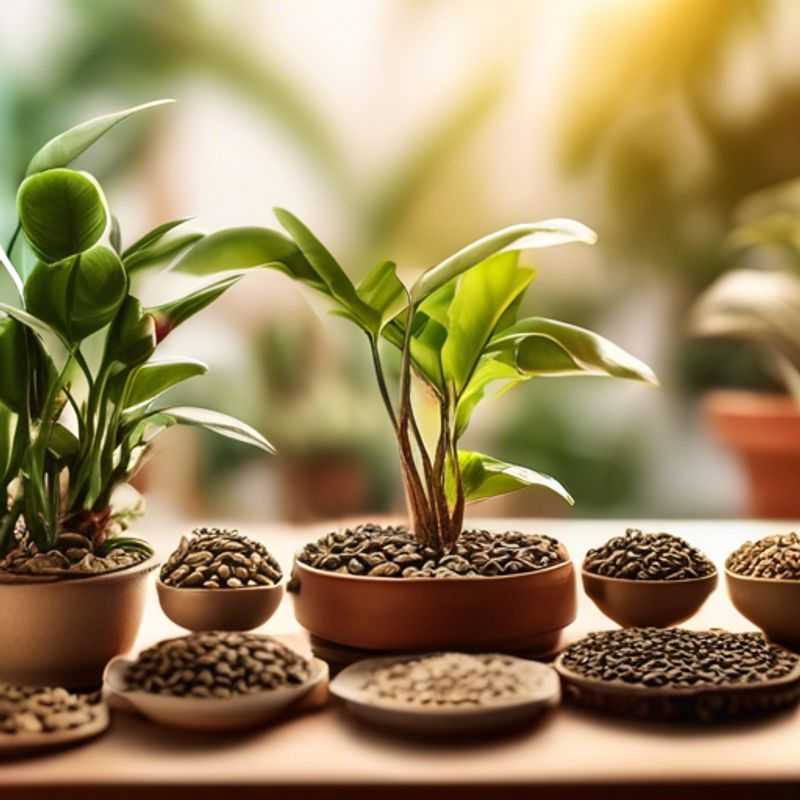
Nurturing New Life: The Perfect Water, Light, and Temperature for Your Seeds
Getting your seeds off to a great start involves providing the right conditions for germination. This means paying attention to water, light, and temperature.
Water is essential for seed germination, but too much can drown them. A good rule of thumb is to keep the soil moist, but not soggy. You can test this by sticking your finger into the soil. If it feels dry to the touch, it's time to water. Overwatering is a common mistake for new gardeners, so it's best to err on the side of caution.
Light is also important for seed germination, but the amount needed varies by seed type. Some seeds need full sunlight, while others prefer shade. Check the seed packet or an online resource for specific light requirements. You can also try using a grow light to provide a consistent light source.
Temperature is crucial for seed germination. Each seed type has an ideal temperature range for germination. For example, tomato seeds prefer warm temperatures (around 70-80°F), while lettuce seeds germinate best in cooler temperatures (around 60-70°F). Check the seed packet for recommended temperatures.
Remember that these are just general guidelines, and you may need to experiment to find the best conditions for your seeds. Keep a close eye on your seedlings, and adjust watering, light, and temperature as needed. Happy growing!
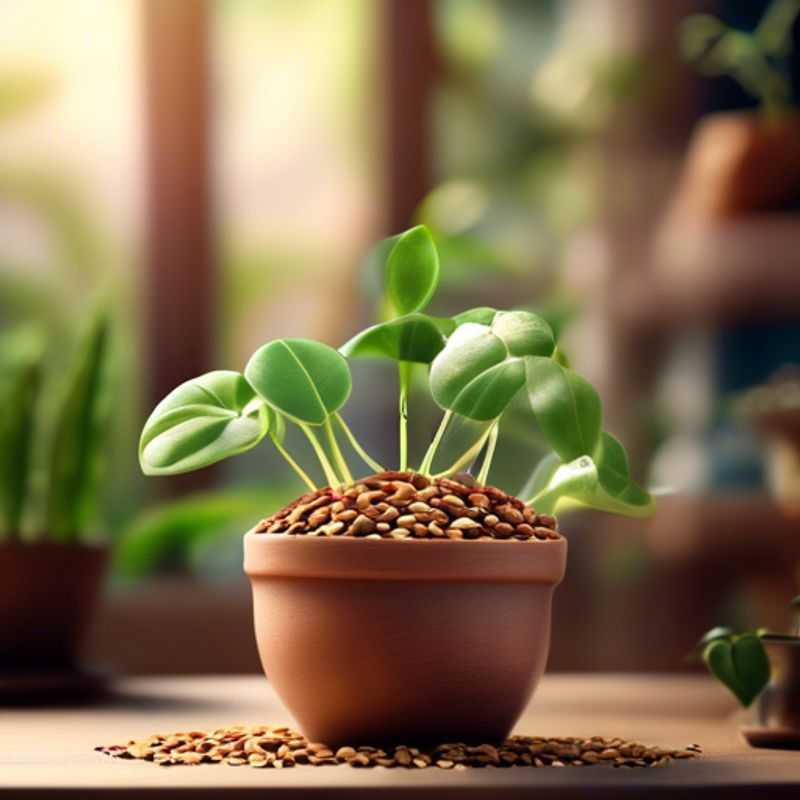
Patience is Key: Monitoring Seed Germination for Success
Patience is key during the germination phase. This is a crucial period for your seeds, and it’s important to provide them with the right conditions for success. Monitor your seeds closely, observing for any signs of growth or change.
Germination times vary depending on the type of seed, but it’s essential to keep the soil moist, but not waterlogged. The ideal temperature for germination can also vary depending on the type of seed. Refer to seed packets or online resources for specific recommendations on watering and temperature.
Be patient, and don’t worry if you don’t see results immediately. Germination can take anywhere from a few days to several weeks, depending on the seed type and environmental conditions.
Once you see your seeds sprout, you can start to adjust your watering and care routines to match the needs of your growing plants. Patience and attention to detail during the germination phase are key to nurturing healthy and thriving seedlings.
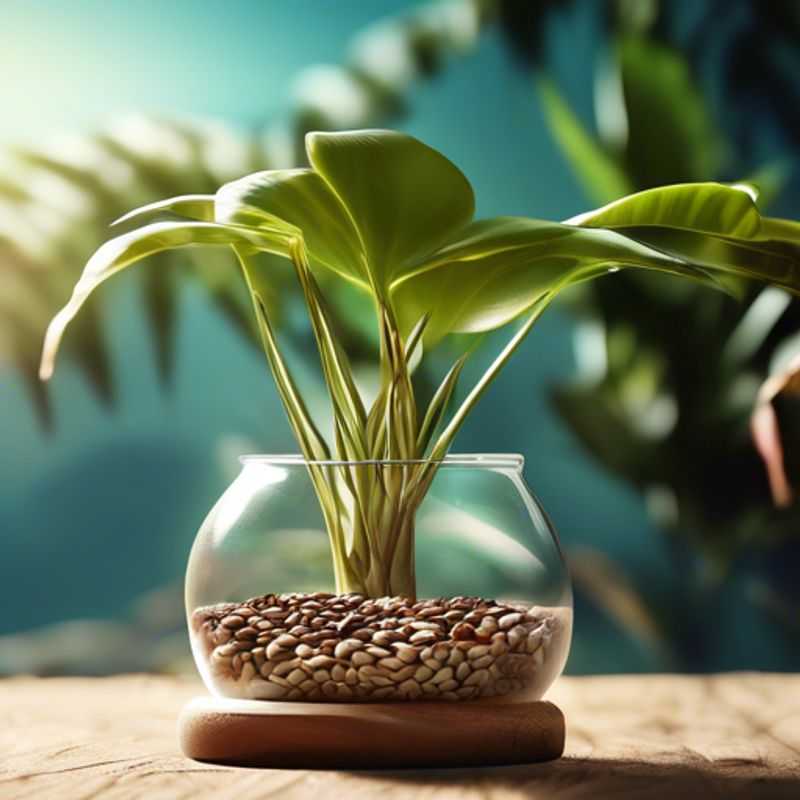
From Seedling to Success: A Guide to Transplanting and Care
Caring for seedlings is a rewarding experience. Properly caring for your seedlings ensures their survival and healthy growth, which is crucial for a successful garden.
First, ensure your seedlings receive adequate light. They need at least 14 hours of light each day. Use grow lights if natural sunlight is insufficient. Additionally, maintain a consistent temperature. Most seedlings prefer 65-75°F (18-24°C). Avoid drafts, which can dry out seedlings. Water your seedlings when the top inch of soil feels dry. Use a watering can with a fine rose to prevent damaging the delicate roots.
Transplanting is the process of moving your seedlings from their starter trays to their permanent location in your garden. Before transplanting, harden off your seedlings by gradually exposing them to outdoor conditions. This reduces transplant shock. When you're ready to transplant, choose a sunny spot in your garden with well-drained soil. Dig a hole large enough to accommodate the seedling's root ball. Carefully remove the seedling from its tray and gently loosen the roots. Place the seedling in the hole, making sure the soil level is even with the original soil line on the seedling. Firmly pack the soil around the seedling's roots. Water your transplanted seedlings thoroughly. Keep them well-watered during the first few weeks.
